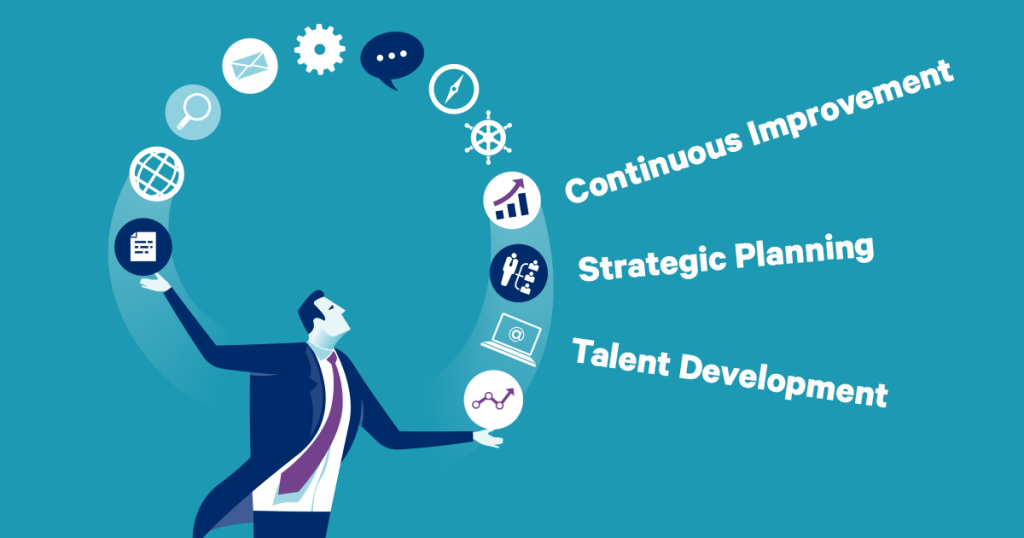Strategic improvement is a systematic approach to enhancing organizational performance by identifying and implementing targeted changes. It involves assessing current processes, setting clear objectives, and implementing strategies to achieve desired outcomes. Here’s a comprehensive guide to strategic improvement:
1. Conduct a Comprehensive Assessment
The first step in strategic improvement is to conduct a thorough assessment of your organization’s current state. Identify areas that require improvement and prioritize them based on their impact on organizational goals.
2. Define Clear Objectives
Once you’ve identified areas for improvement, define clear, measurable objectives. Your objectives should be specific, achievable, relevant, and time-bound (SMART). This will help you track progress and ensure that your efforts are aligned with your overall goals.
3. Develop a Strategic Plan
Based on your objectives, develop a strategic improvement plan. This plan should outline the strategies and actions you will take to achieve your objectives. It should also include timelines, responsibilities, and key performance indicators (KPIs) to measure progress.
4. Implement Improvement Strategies
With your plan in place, begin implementing your improvement strategies. This may involve process changes, technology upgrades, training programs, or other initiatives aimed at achieving your objectives. Ensure that everyone in the organization is aware of the changes and their role in the process.
5. Monitor and Evaluate Progress
Throughout the implementation process, monitor and evaluate progress against your objectives and KPIs. This will help you identify any issues or challenges early on and make adjustments as needed to stay on track.
6. Communicate and Engage
Communication is key to successful strategic improvement. Keep all stakeholders informed about progress, challenges, and successes. Engage employees at all levels of the organization to ensure buy-in and support for the improvement process.
7. Continuously Improve
Strategic improvement is an ongoing process. Continuously review your processes, gather feedback, and look for ways to further enhance performance. By embracing a culture of continuous improvement, you can ensure that your organization remains competitive and responsive to change.
8. Celebrate Successes
Finally, celebrate your successes along the way. Acknowledge the hard work and dedication of your team members, and use these successes as motivation to continue striving for excellence.
Conclusion
Strategic improvement is essential for organizations looking to enhance their performance and achieve their goals. By conducting a comprehensive assessment, defining clear objectives, developing a strategic plan, implementing improvement strategies, monitoring progress, communicating and engaging with stakeholders, continuously improving, and celebrating successes, you can create a roadmap to success and drive lasting change within your organization.



